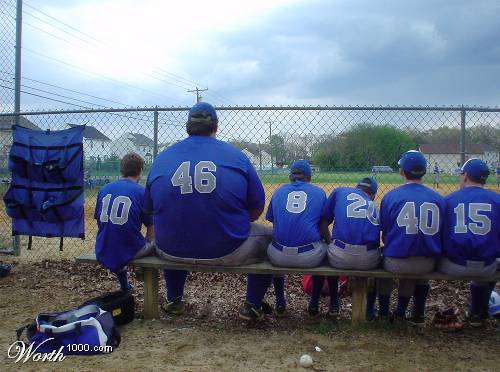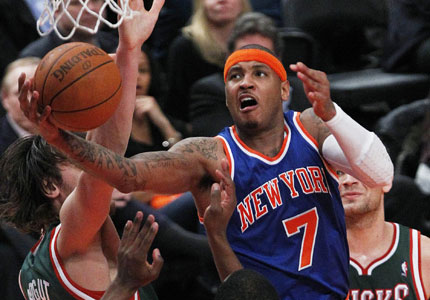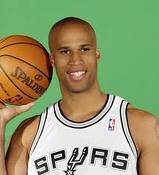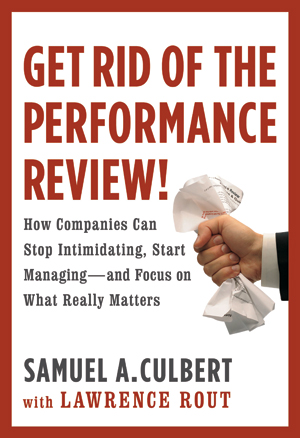Imagine there are no 'A' Players; it's easy if you try
Peter Cappelli, Professor of Management at the Wharton School, delivered the closing keynote, 'Managing Performance in a Post-Recession Workspace' at the end of the first day of the Human Resource Executive Forum.
The presentation was equal parts entertaining, engaging, and challenging; in particular the preliminary results that Professor Cappelli shared around his analysis of the consistency of employee performance over time.
How much does last year's performance appraisal tell you about what this year's will be?
Here is the basic methodology - obtain the performance review scores and results over a period of years from a large, established organization, thousands of performance reviews, and examine these reviews and scores to see if there is consistency and predicability in individual's performance reviews over time.
So back to the question - How much does last year's performance appraisal tell you about what this year's will be?
If you are like most of the audience, I'll bet you'd say that last year's review would tell you quite a bit about this year's review, most of the attendees felt like about 75% of the time performance results would remain predictive and consistent; i.e., last year's best performers would almost certainly be this year's best performers, and middle of the road performers tend to plod along year after year.
But according to the research, Cappelli indicated that only 25% of this year's performance review could be predicted from last year's results. The data set suggests that performance fluctuates much more widely over time that we tend to believe, and that he has found no evidence to indicate otherwise.
Cappelli elaborated on the implications of these findings, offering a series of smart, common-sense approaches to managing performance that would, if skillfully implemented, tend to improve performance over time, particularly performance for so-called 'troubled employees'.
But the most interesting observation was this - if performance does indeed vary widely over time, the entire idea of 'A' players and 'B' and 'C' players is overblown, if perhaps almost irrelevant.
If the data suggest that this year's top performers, those 'A' players that we constantly talk about, turn over every rock in the recuiting process to uncover, attempt to nurture and coach up through our organizations with 'special status' and development plans, might only be 25% of next year's 'A' players, well then, the entire notion of 'A' players doesn't make any sense at all.
If performance is highly variable, highly situational, and difficult to predict based on prior year data, then what does that mean for talent and performance management?
Is recruiting 'A' players highly overrated?
Are there really 'A' players and 'C' players?
What do you think?

 Steve
Steve




